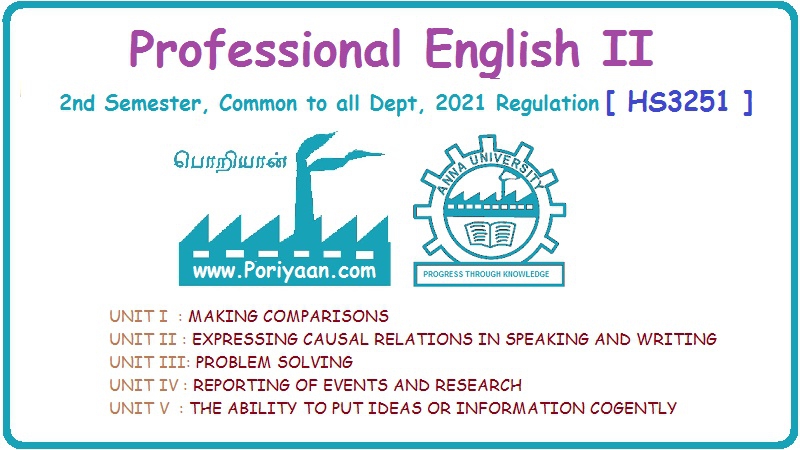Professional English: Reading: UNIT 3
Reading Case Studies
Professional English
A case study is an in-depth analysis of an event or process. Past experience teaches the other person but every experience is different. It is an accumulation of experiences.
UNIT-III
7. READING CASE STUDIES
What Is a Case Study?
A
case study is an in-depth analysis of an event or process. Past experience
teaches the other person but every experience is different. It is an
accumulation of experiences. For example, before applying immunization, it is
checked in different ways. Not only in the medical field, it is applicable in
marketing field as well. Case studies can be used in a variety of fields
including psychology, medicine, education, anthropology, political science, and
social work.
The
hope is that learning gained from studying one case can be generalized to many
others. Unfortunately, case studies tend to be highly subjective and it is
sometimes difficult to generalize results to a larger population.
While
case studies focus on a single individual or group, they follow a format that
is similar to other types of psychology writing. If you are writing a case
study, it is important to follow the rules of APA format.
Benefits and Limitations
A
case study can have both strengths and weaknesses.
One
of the greatest advantages of a case study is that it allows researchers to
investigate things that are often difficult to impossible to replicate in a
lab. Some other benefits of a case study:
✓ Allows researchers to collect a great deal of
information
✓ Give researchers the chance to collect
information on rare or unusual cases
✓ Allows researchers to develop hypotheses that can
be explored in experimental research
On
the negative side, a case study:
✓ Cannot necessarily be generalized to the larger
population
✓ Cannot demonstrate cause and effect
✓ May not be scientifically rigorous
✓ Can lead to bias
Professional English: Reading: UNIT 3 : Tag: : Professional English - Reading Case Studies
Related Topics
Related Subjects
Professional English II
HS3251 2nd Semester 2021 Regulation | 2nd Semester Common to all Dept 2021 Regulation
